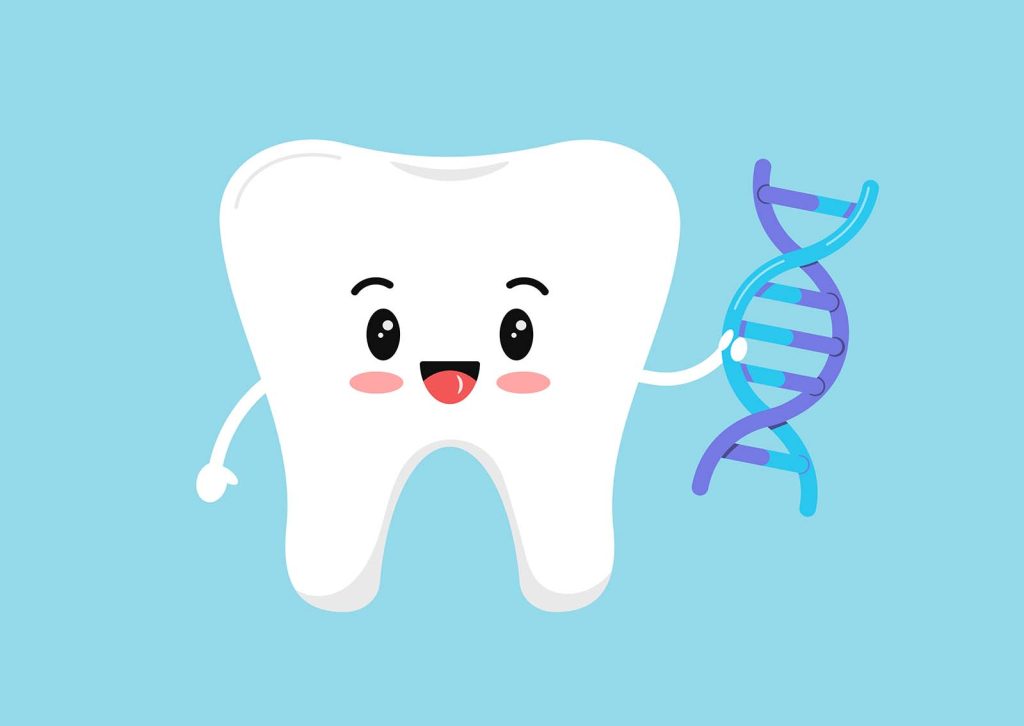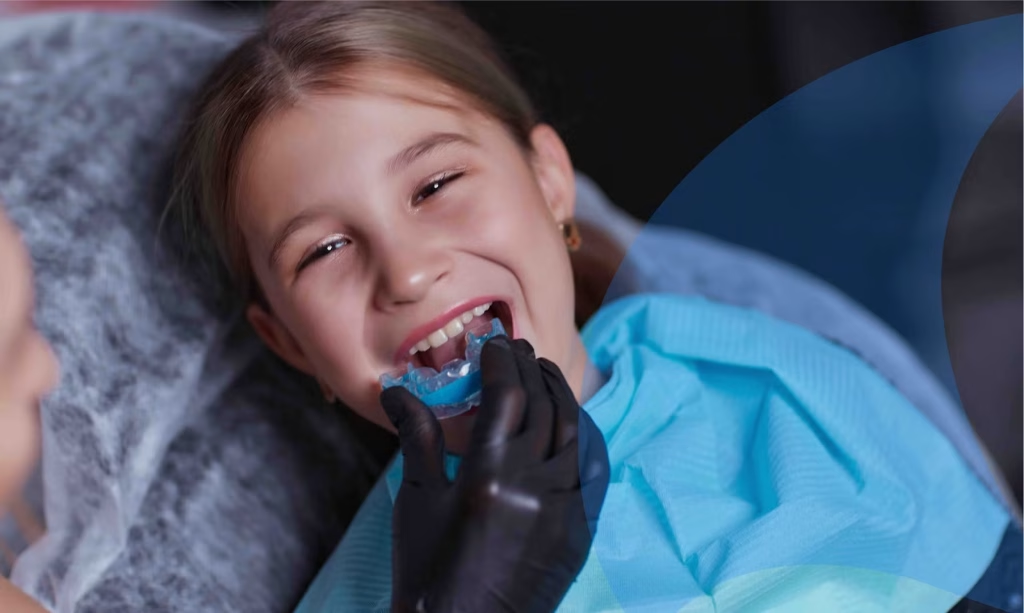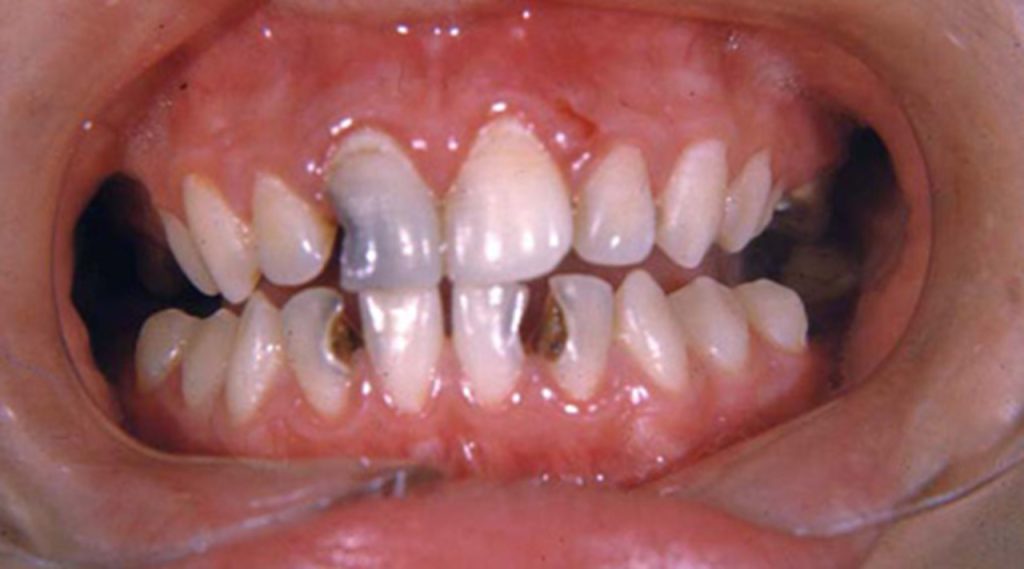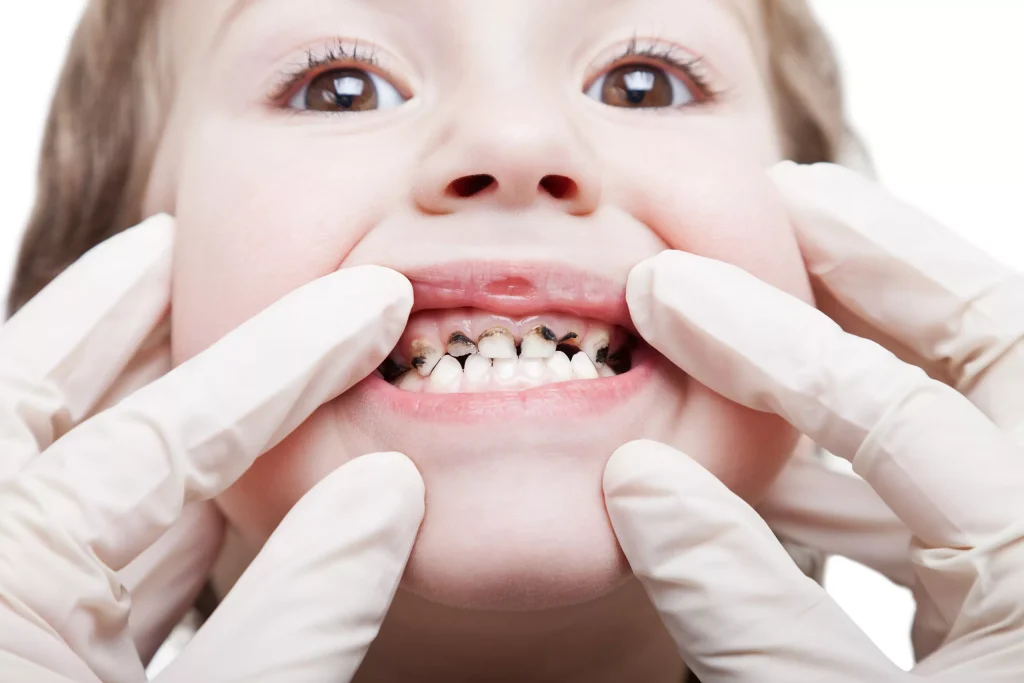The Link Between Oral Health and Overall Growth
Many parents begin to notice that their children’s eating patterns, energy levels, and developmental signs shift noticeably when dental issues appear, and this observation often leads them to wonder whether oral health could truly influence a child’s overall growth in a deeper and more structural way that goes beyond simple tooth discomfort. How does oral…
Read more










